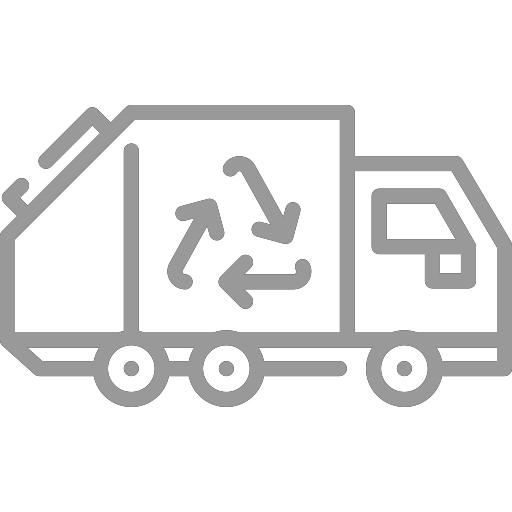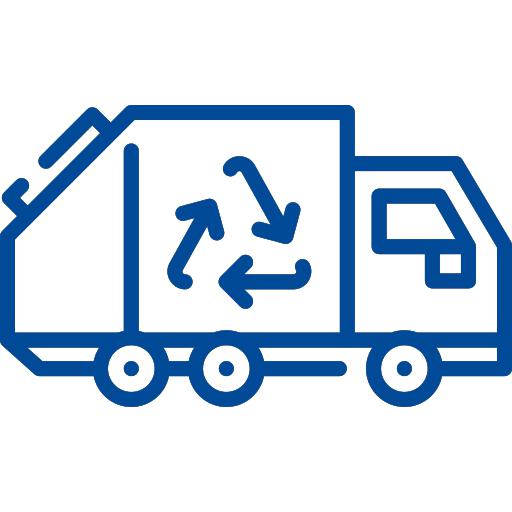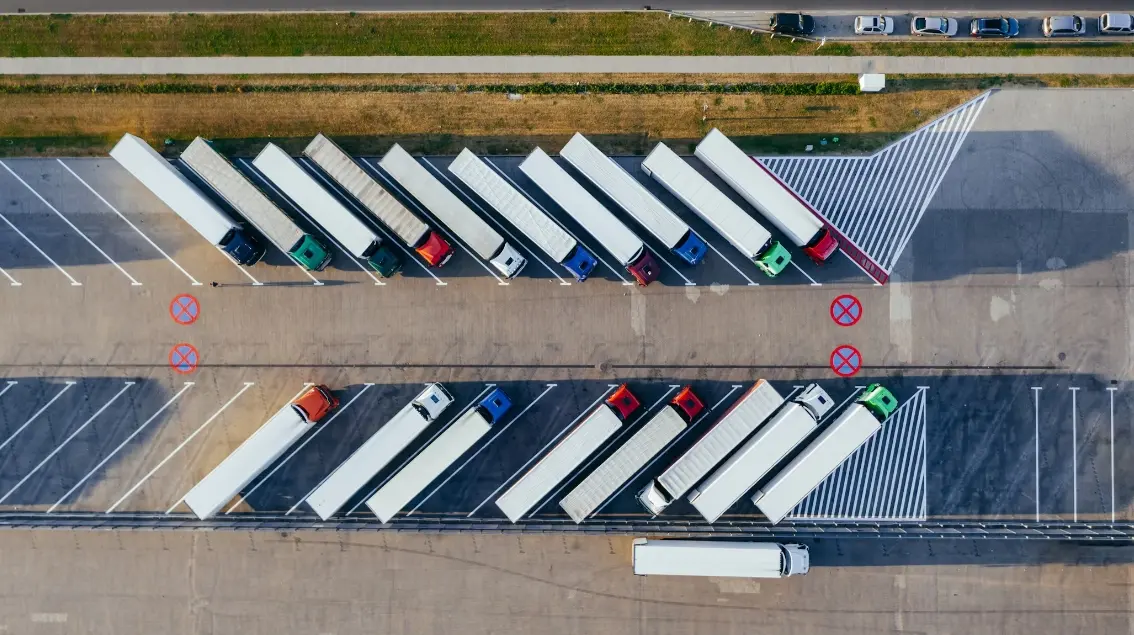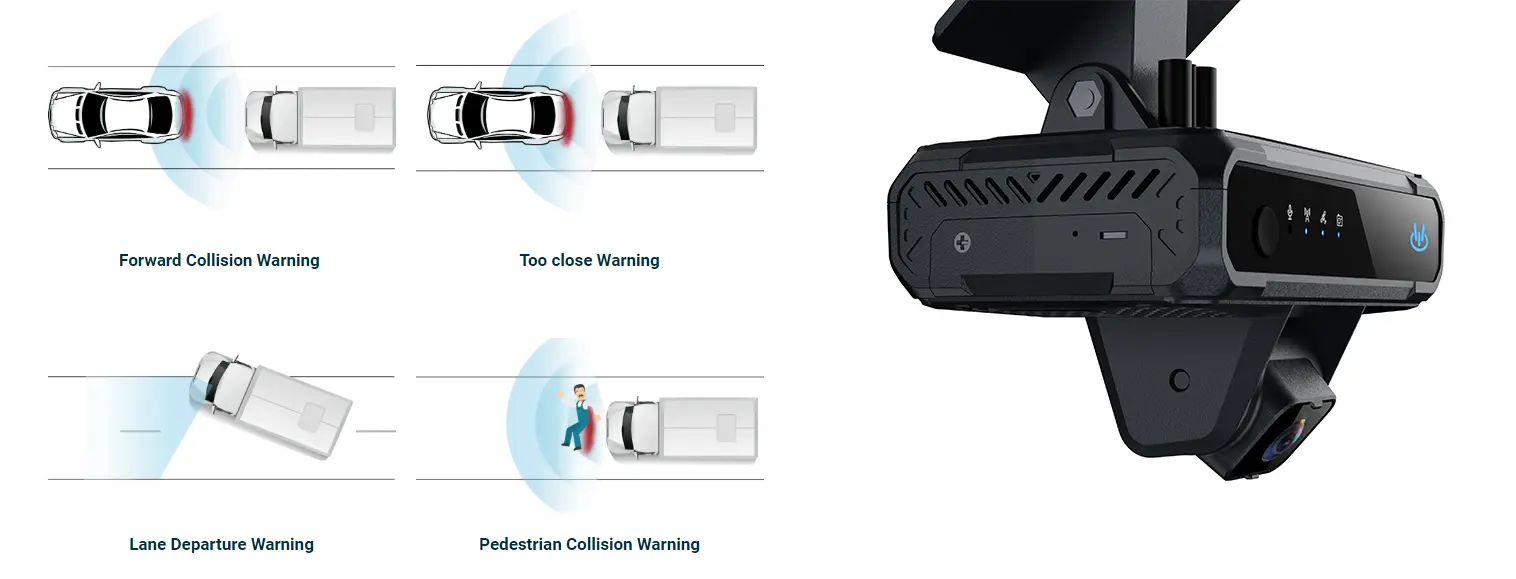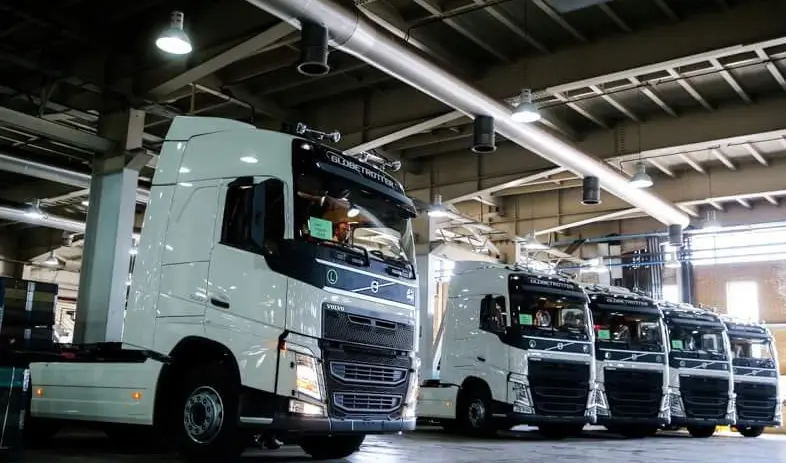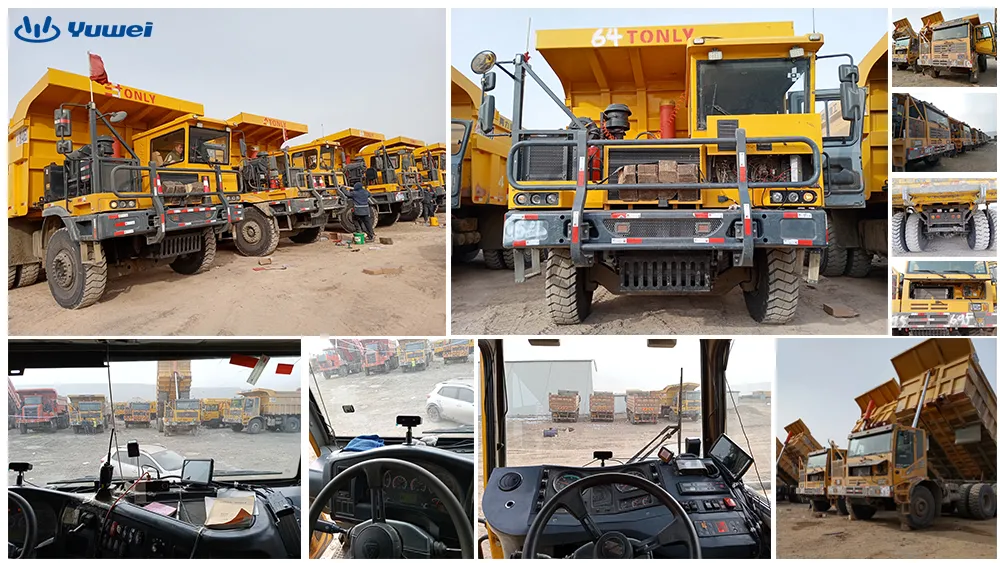Fleet Operations Telematics System
Fleet Operations Telematics Systems
Fuel costs are a major expense for the fleet industry, often representing the largest portion of operating expenses. Global fuel price fluctuations have increased budget uncertainty. In the context of post-pandemic fuel price hikes and geopolitical events like the Ukraine conflict, fuel management has become essential for maintaining profitability and competitiveness.

Overview of Telematics Technology
Telematics is an integrated fleet management technology combining telecommunications and information technology. It includes GPS tracking, vehicle diagnostics, and real-time data communication. By providing insights into vehicle locations, driver behavior, and operational conditions, telematics helps fleets improve efficiency, reduce costs, and enhance profitability.
Potential for Fuel Savings
Telematics can help fleets reduce fuel costs by up to 25% while lowering carbon emissions, contributing to environmental sustainability. This dual benefit is particularly valuable given the transport sector’s significant share of global greenhouse gas emissions.
Core Functions of Telematics
1. Vehicle Tracking and Diagnostics
- Vehicle Tracking: Real-time location data supports route optimization, usage monitoring, and enhanced security.
- Vehicle Diagnostics: OBD data helps monitor vehicle performance, prevent issues, and reduce costly repairs.
2. Improving Fuel Efficiency
- Monitoring Driving Behavior: Reducing idling, harsh acceleration, and other inefficient driving habits lowers fuel consumption.
- Route Optimization: Real-time traffic data helps avoid congestion and unnecessary travel, saving fuel.
- Maintenance Alerts: Timely resolutions of under-inflated tires or clogged filters prevent unnecessary fuel wastage.
Case Study: GCI Gravel Conveyor
GCI saves over $90,000 annually on fuel taxes by using telematics to accurately track non-road vehicle usage. Additionally, geofencing technology has improved billing accuracy, enhancing operational efficiency and customer satisfaction. This demonstrates how telematics reduces direct fuel costs while optimizing operational practices.
Steps to Integrate Telematics
1. Needs Assessment: Analyze current operations to identify areas for improvement.
2. Technology Selection: Choose a solution tailored to the fleet’s requirements.
3. Device Installation: Deploy telematics systems across fleet vehicles.
4. Data Integration: Seamlessly connect telematics with existing management systems.
5. Staff Training: Train drivers and managers on system usage and benefits.
Challenges and Considerations
1. Privacy Concerns
Transparent policies on data collection and usage are essential to comply with regulations and build trust with employees.
2. Initial Costs
The upfront investment for equipment and training can be significant. It is important to choose cost-effective solutions and set realistic ROI expectations.
3. Balancing Investment and Returns
Savings from telematics may take time to materialize. Managers must plan a clear timeline for achieving cost reductions and operational benefits.
Telematics technology helps fleets lower fuel costs, improve efficiency, and promote sustainability through vehicle tracking, driver behavior optimization, and maintenance alerts. Successful integration delivers both economic and environmental benefits, making telematics a crucial tool for modern fleet management.

















